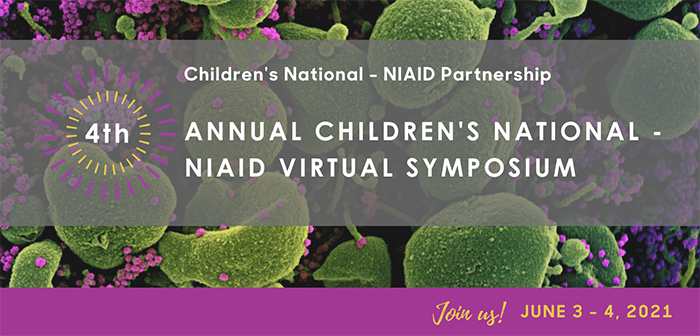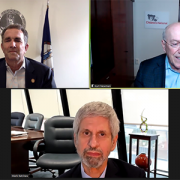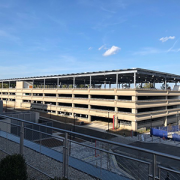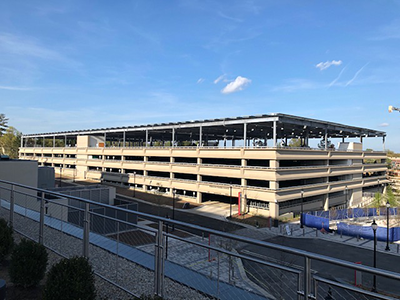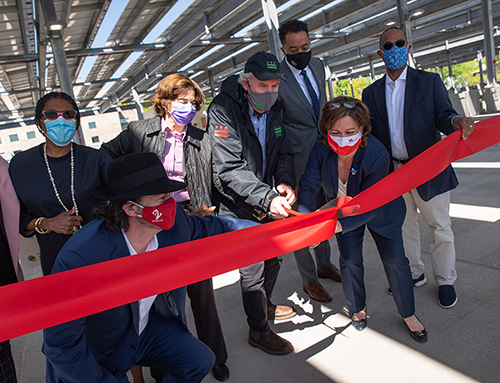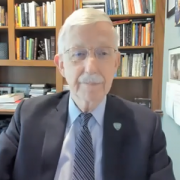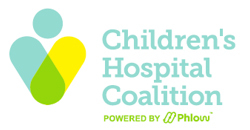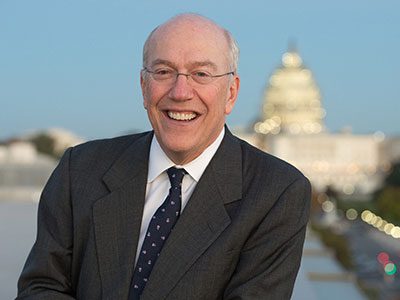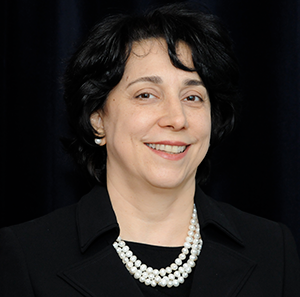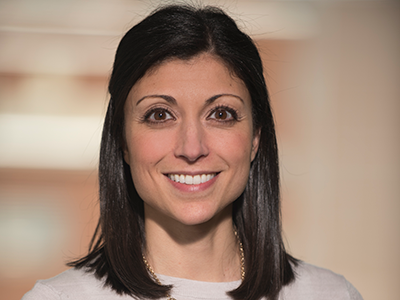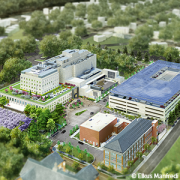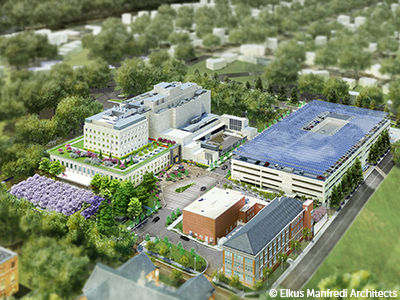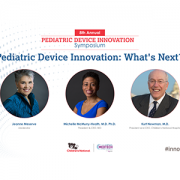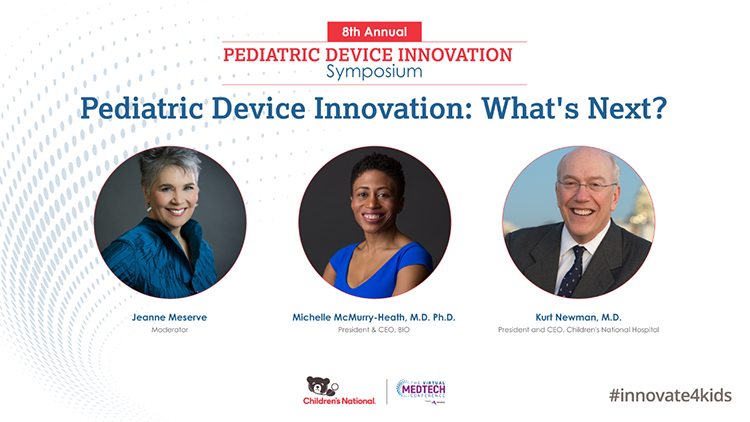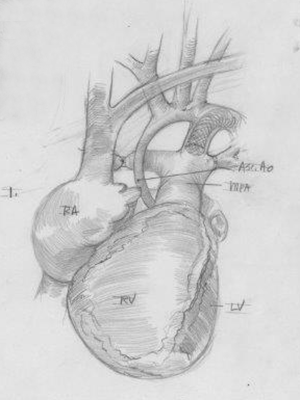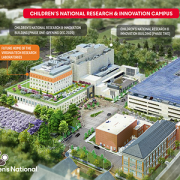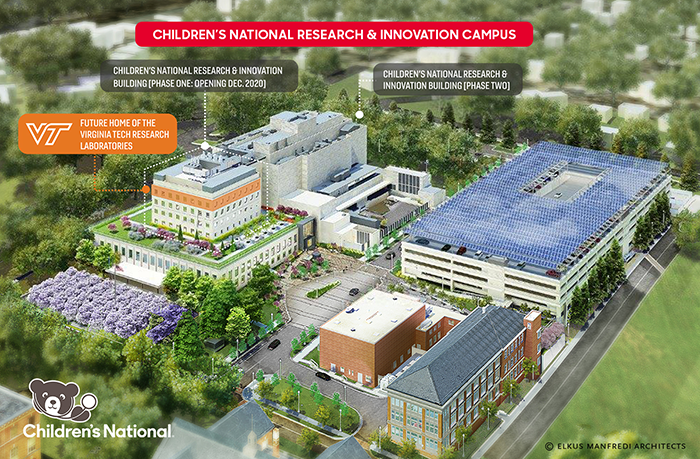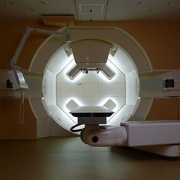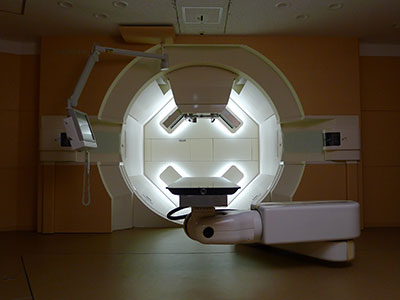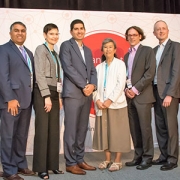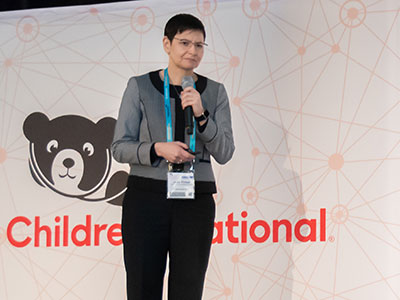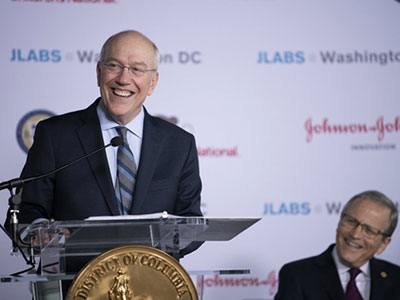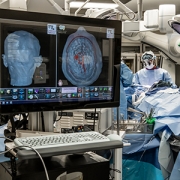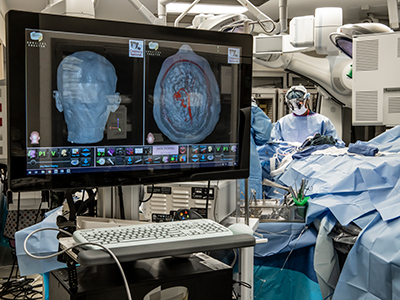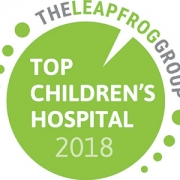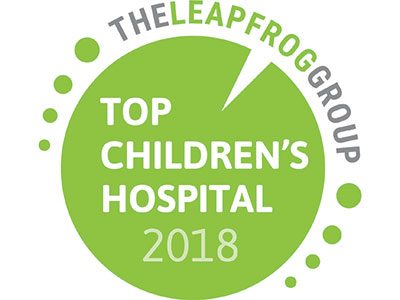4th Annual Children’s National Hospital-NIAID Virtual Symposium

Keynote speaker Virginia Governor and pediatric neurologist, Ralph Northam, joined Dr. Kurt Newman, president and CEO of Children’s National Hospital, and Dr. Mark Batshaw, executive vice president, physician-in-chief and chief academic officer at Children’s National Hospital, during the 4th Annual Children’s National Hospital-NIAID Virtual Symposium.
Children’s National Hospital and the National Institute of Allergy and Infectious Diseases (NIAID) hosted their 4th annual symposium, attracting nationwide researchers, trainees and health care professionals to share updates on the COVID-19-related condition known as Multisystem Inflammatory Syndrome (MIS-C) in Children, allergy and immunology in the pediatric population.
“Children’s National relationship with the NIAID is a strategic and novel alliance that benefits children everywhere,” said Kurt Newman, M.D., President and CEO of Children’s National Hospital. “I’m so proud of our unique partnership and how it has enriched the high-quality research being conducted at Children’s National and enabled us to interact on pressing health issues. With the opening of our new Children’s National Research & Innovation Campus on the grounds of the former Walter Reed Army Medical Center, the sky is the limit to how we can work together with the NIAID to innovate for kids so that we help them grow up stronger.”
The discussions at the symposium centered around various topics, including clinical manifestations of SARS-CoV-2 in children, comparative disease biology manifestation in children and adults, therapies and vaccines in the pediatric setting, intersectionality of allergy, immunology and COVID-19, modulating biologic factors in immune regulation and treatments that invoke tolerance in allergy.
Keynote speaker Virginia Governor and pediatric neurologist, Ralph Northam, spoke about the COVID-19 pandemic and strategies to reintroduce children into schools and sports.
“Schools provide stability and structure. We know that children need to be in school for educational achievements and their mental health, but it has taken time to make school staff and families more comfortable with a greater time of in-person learning,” said Dr. Northam. “Our goal is to have all in-person learning this fall. That is where our children need to be because it is the safest place for children.”
During the keynote session, Dr. Northam also addressed the mental health issues related to the pandemic where pediatricians have seen an increase in depression and suicide rates.
“As we move forward to a back more normal life, we need to keep an eye on these children and make sure that they continue to get the support and treatment that they need,” said Dr. Northam.
Below are the speakers and the focus of their presentations.
- Post-COVID cardiac manifestations in children: Anita Krishnan, M.D., Children’s National
- Immunomodulation and Cytokine Profiling in MIS-C: Hemalatha Srinivasalu, M.D., Children’s National
- The MUSIC study: Long-TerM OUtcomes After the Multisystem Inflammatory Syndrome in Children: Jane Newburger, M.D., Boston Children’s Hospital
- MIS-C in Typical Cases and Down Syndrome: Dusan Bogunovic, M.D., Mount Sinai
- Age-Related Virus-Specific T-Cell Responses to SARS-CoV-2: Susan Conway, M.D., Children’s National
- Systems Immunology of COVID-19: Integrating Patient and Single Cell Variations: John Tsang, Ph.D., NIAID
- Therapeutics for Children with COVID-19: Trying to be Data Driven in the Absence of Pediatric Trials: Andy Pavia, M.D., University of Utah
- SARS-CoV-2 Vaccine Clinical Research: Alicia Widge, M.D., NIAID
- Implementation and Public Health Aspects: Cara Biddle, M.D., M.P.H., Children’s National
- COVID-19 and Pediatric Asthma: William Sheehan, M.D., Children’s National
- The COVID-19 Pandemic and Immunodeficiency: The Burden and Emerging Evidence: Jessica Durkee-Shock, M.D., NIAID
- SARS-CoV-2 Infection in Children with Cancer: The MSK Experience: Andy Kung, M.D., Memorial Sloan Kettering
- Adaptive and Maladaptive Immunity to the Microbiota: Implication for Inflammatory Disorders: Yasmine Belkaid, M.D., NIAID
- Deep Immune Profiling of Peanut Reactive CD4+ T-Cells Reveals Distinct Immunotypes Link to Clinical Outcome: Erik Wambre, M.D., Benaroya Research Institute
- B Cells and Food Allergy: Not Just for Making IgE: Adora Lin, M.D., Ph.D., Children’s National
- Emerging Biologic Therapies for Food Allergy: Hemant Sharma, M.D., Children’s National
- The Promise and Limits of Allergen Immunotherapy: Carla Davis, M.D., Texas Children’s
- Maternal Fetal Interactions in Food Tolerance: Michiko Oyoshi, M.D., Harvard Medical School
The Clinical and Translational Science Institute at Children’s National (CTSI-CN) and the NIAID organized the 4th annual symposium and wished to showcase some of the critical research being done on this worldwide infectious disease, particularly amongst the pediatric population and those affected with allergic and immunologic disease. By sharing this work, they hope it will help continue to drive the advancement of pediatric research in relation to this disease.
The research partnership between Children’s National and the National Institute of Allergy and Infectious Diseases (NIAID) is devoted to protecting and advancing the health of children with allergic, immunologic, autoinflammatory and infectious diseases through collaborative research and education. The partnership co-hosts an annual symposium to disseminate new information about science related to the partnership.
To view all the presentations from the symposium, click here.
For questions about the symposium or projects there, contact: CN-NIAIDPartnership@childrensnational.org.
